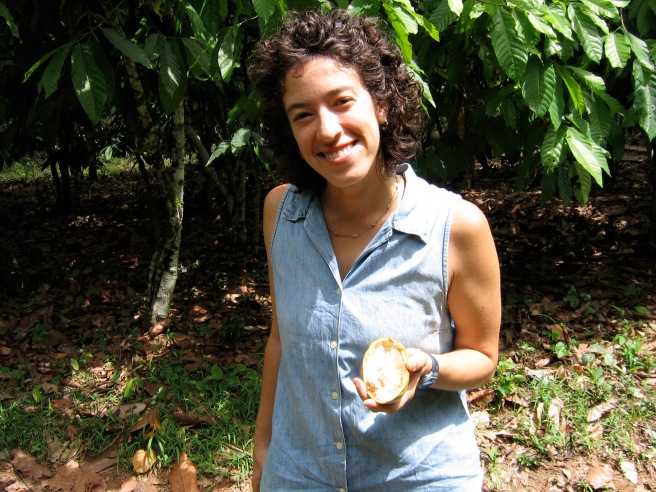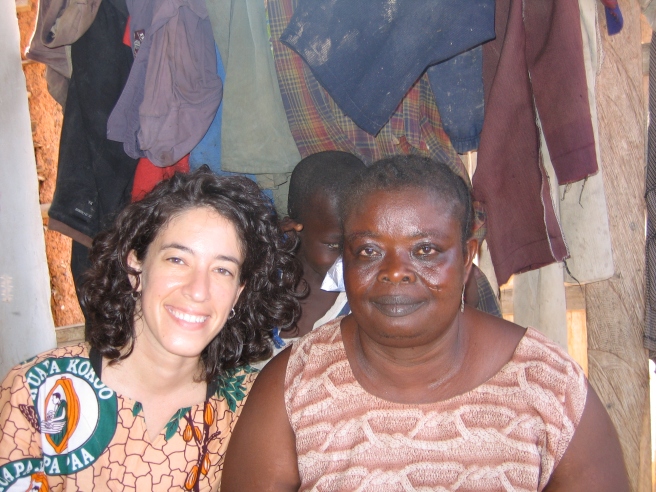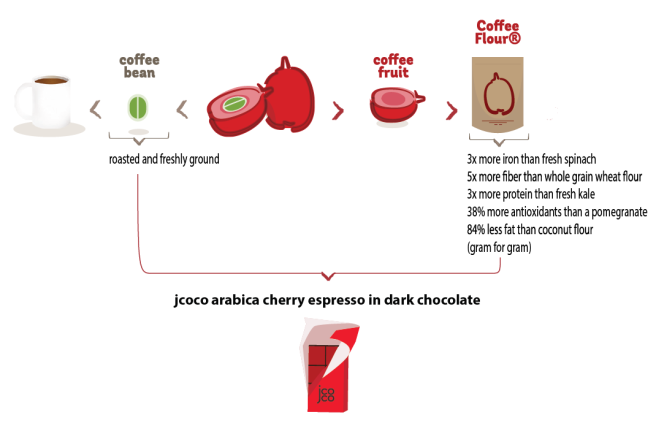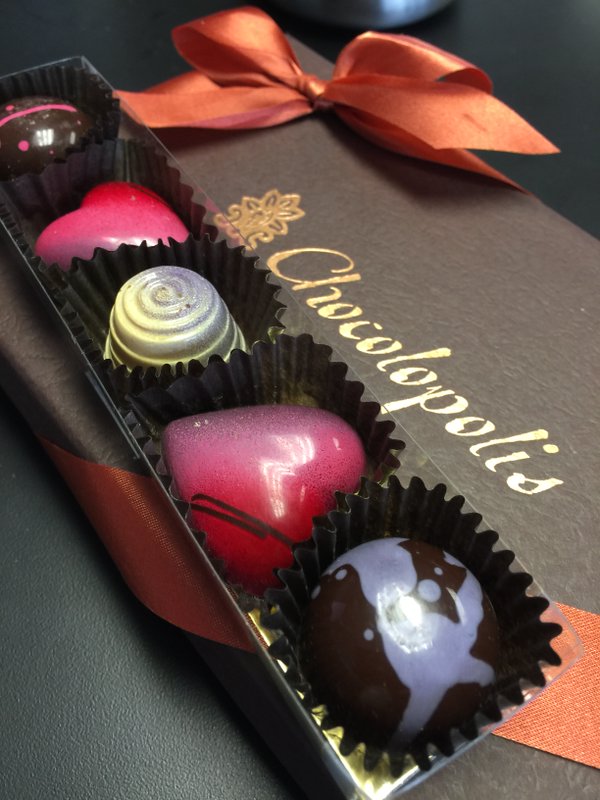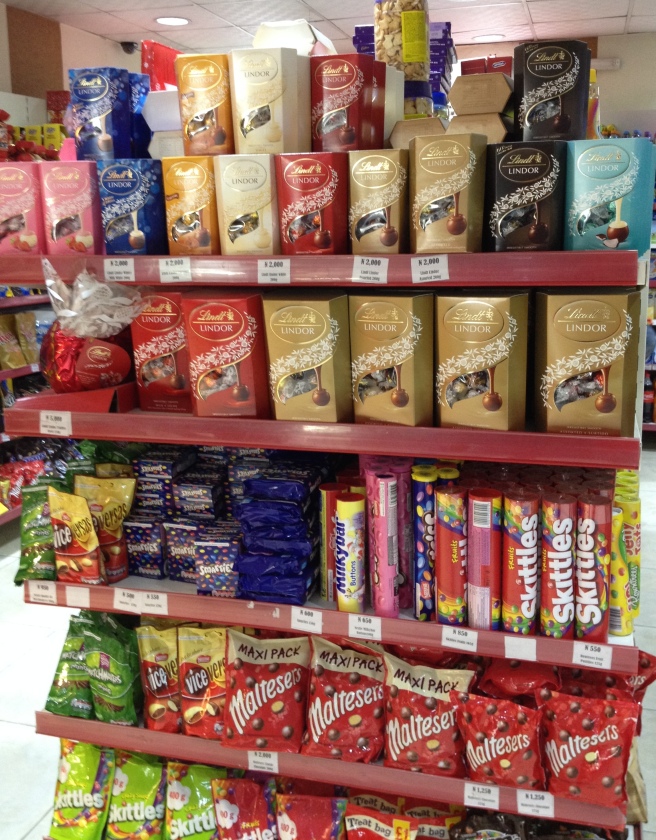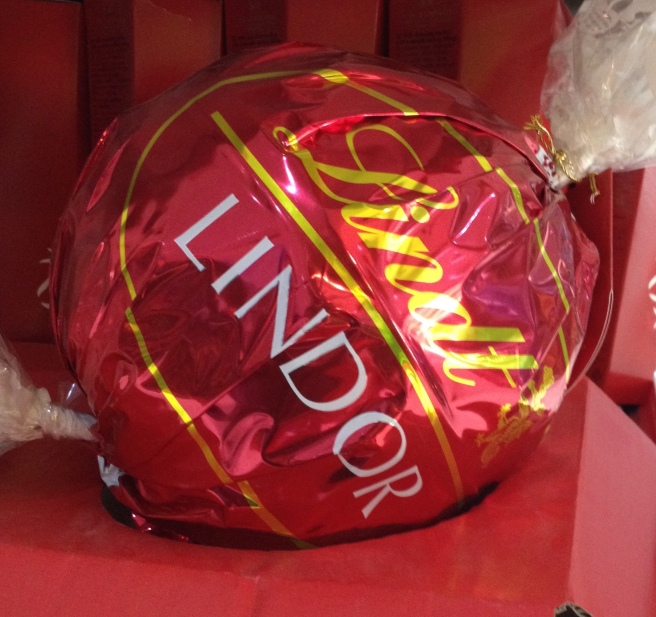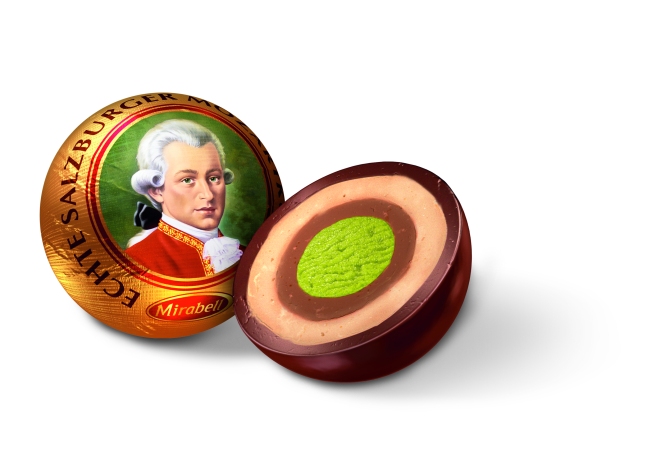Somehow, even though Valentine’s Day is just one chocolate-focused day in the year, the number of “chocolate engagements” (so to speak) around that holiday seems to reproduce and multiply to fill a whole month or more. This year was no exception, and I spent February and indeed March very busy with chocolate.
Everything was a highlight! My dear friend and chocolate colleague, Bill Fredericks, also known as Chocolate Man, and I were invited back to give a second talk and tasting event for The Whole U. The Whole U is UW’s initiative to “foster community, promote holistic wellness, and share the great perks available to UW faculty and staff,” which I guess makes Bill and me a “great perk!”
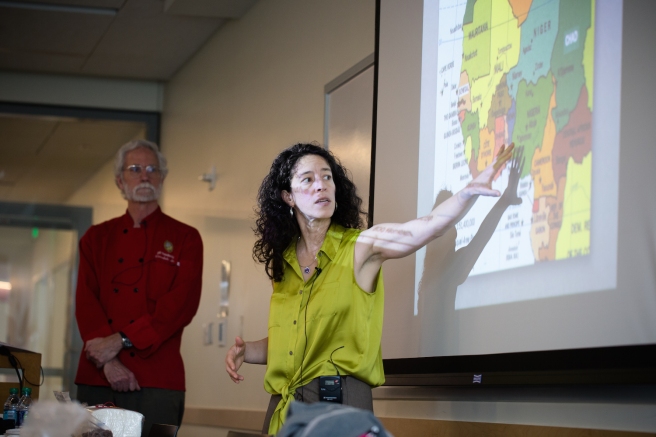
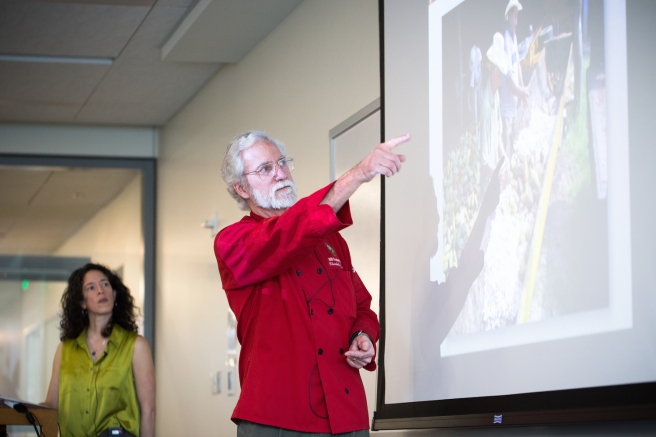
Last year, we began our talk for The Whole U in the Hub on Seattle campus. We had just reached the chocolate tasting portion when the fire alarm went off! Bill and I looked at each other incredulously, and then everyone leapt up to grab all the chocolate and file out of the building. With our hundred or so attendees, we gathered outside in the rain, everyone sheltering their small paper cups full of chocolate from getting soaked. It was comical to stand there in the downpour, with people crowding around us to ask which chocolate was which, and what flavor notes they could expect from each. Eventually, we were allowed back inside to gather up our things, and learned that the alarm had been set off by a burnt bag of popcorn in a microwave . . .
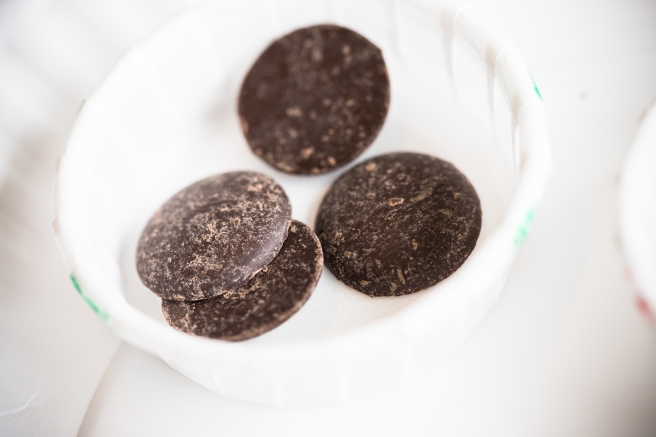
This year, we returned, triumphant, to complete the whole talk and tasting with no building evacuation. It was a very enjoyable event!
I returned to Seattle campus the following week to give another talk, this time solo, for the UW Libraries InForum series. I had been truly delighted to receive an invitation to present to this regular gathering of UW librarians. I have been part of UW, as a grad student and as faculty, since 2001. Over nearly sixteen years, the UW library system has felt like nothing so much as a friend—both the vast collection of books (which I love), and the talented, generous librarians themselves. It has been a great source of comfort to me over the years to know that literally any piece of information I wanted, for research or even leisure reading, I could find at UW libraries. I certainly would not have accomplished the research and scholarship that I have without them, so it was a real pleasure to give back in even a small way and host a research talk for the librarians group.
My event, “From Tree to Taste: A Journey from Cocoa to Chocolate,” included a tasting component. I must once again laud the librarians who attended for their diligence in sorting the “data” that I provided on their plates, and for their excellent forbearance as I made them wait to taste that “data,” as I explicated the many features of the chocolate trade.
In addition to the talks, I also appeared on two NPR affiliate radio broadcasts. I always enjoy doing radio interviews, and I particularly appreciated the insightful questions of both my recent interviewers. For KUOW’s Local Wonder program, I spoke with Ruby de Luna to answer the listener question, “Why does Seattle have such a large local chocolate industry?” For KCUR, of Kansas City, MO, I appeared on Suzanne Hogan’s segment, “For a Missouri ‘bean to bar’ chocolate maker, it’s not just about the candy.”
In addition to my book manuscript work, I had two other writing opportunities around Valentine’s Day. As I wrote in my last post, it was my great pleasure to contribute a guest post for San Francisco’s Dandelion Chocolate blog. The tireless and talented Molly Gore solicited and brilliantly edited my post, for which I am so grateful. “Why I teach my students about chocolate” is about my pioneering UW Bothell class—the first university class in the country devoted entirely to chocolate.
I also collaborated with Curtis Vreeland, confectionary industry expert and principal of Vreeland & Associates, to write an article on “artisanry” in the craft chocolate industry, which is due out shortly. I look forward to sharing that piece just as soon as it is published.
And then, after all that, I went on holiday! I was very glad to have time with my family in New York and also with my boyfriend’s family in South Africa. I arrived back in the US on Monday, and dove straight back into chocolate work. From San Francisco airport, I drove up to Moshin Vineyards in Sonoma County, where I hosted an absolutely delightful wine and chocolate pairing event. Somehow the jet lag had not yet hit after 36+ straight hours of travel from Cape Town, and it was a real pleasure to talk and taste chocolate (including Dandelion Madagascar, Dick Taylor Madagascar, and Trader Joe’s Ecuador) with the guests.
The pairing event kicked off my week here in Sonoma, as writer-in-residence at Moshin Vineyards. My grateful thanks to Marcy Gordon and Writing Between the Vines for supporting this extremely productive, rejuvenating time here at the vineyard. I have been hard at work on a processing chapter for my book Cocoa, for Polity Press. It is further along than I had even hoped it would be. I feel so fortunate to have spent a week focused completely on writing in such a stunning and peaceful environment.
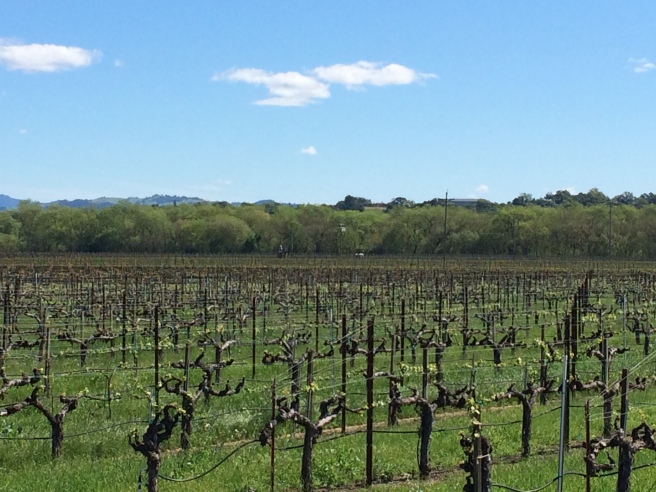
Finally, my thanks to Julia Lander for re-integrating me into the world of human conversation yesterday evening, after my week of solitude with words, and the exceptional tasting of Moshin wines! Till next time, happy spring to all.

